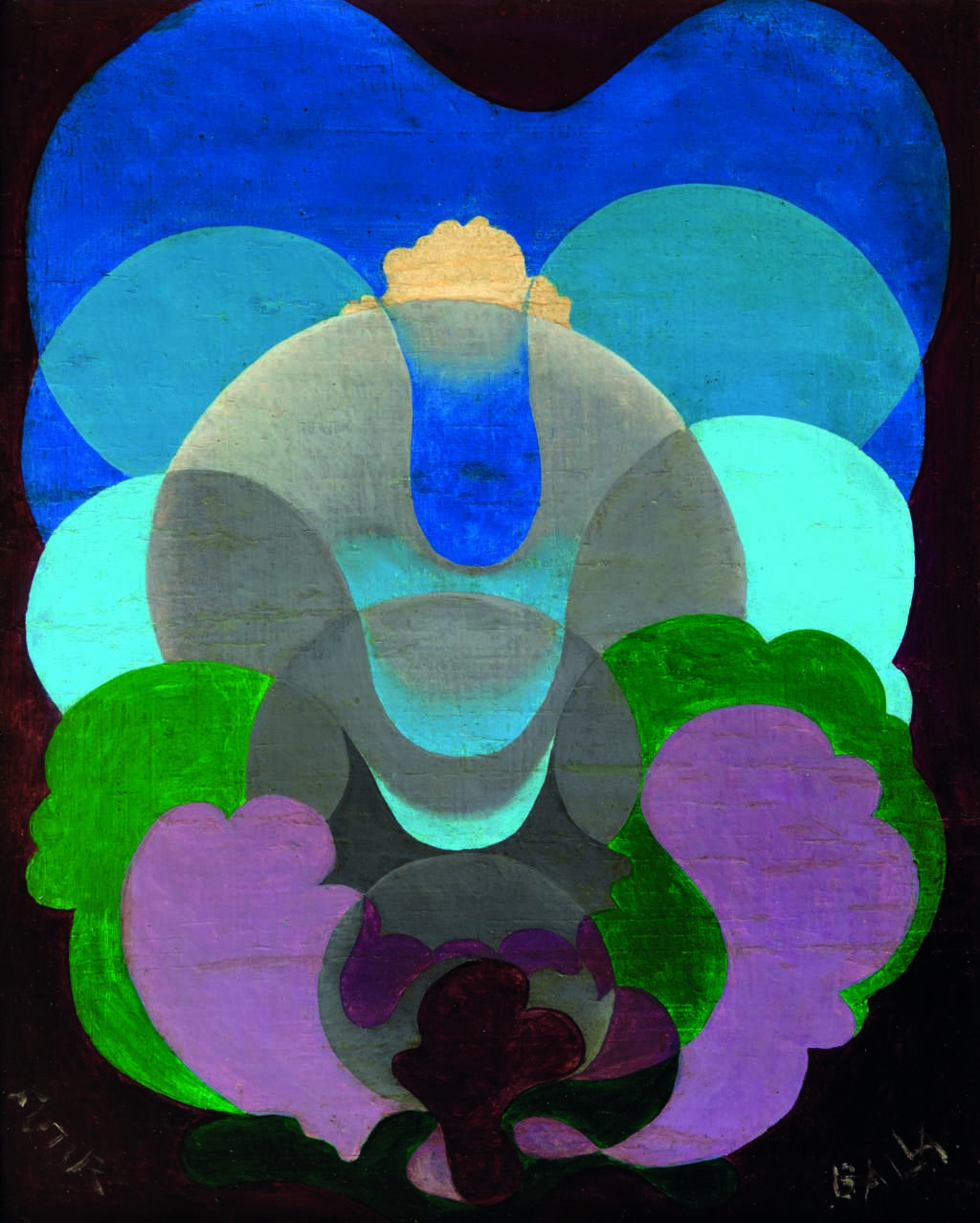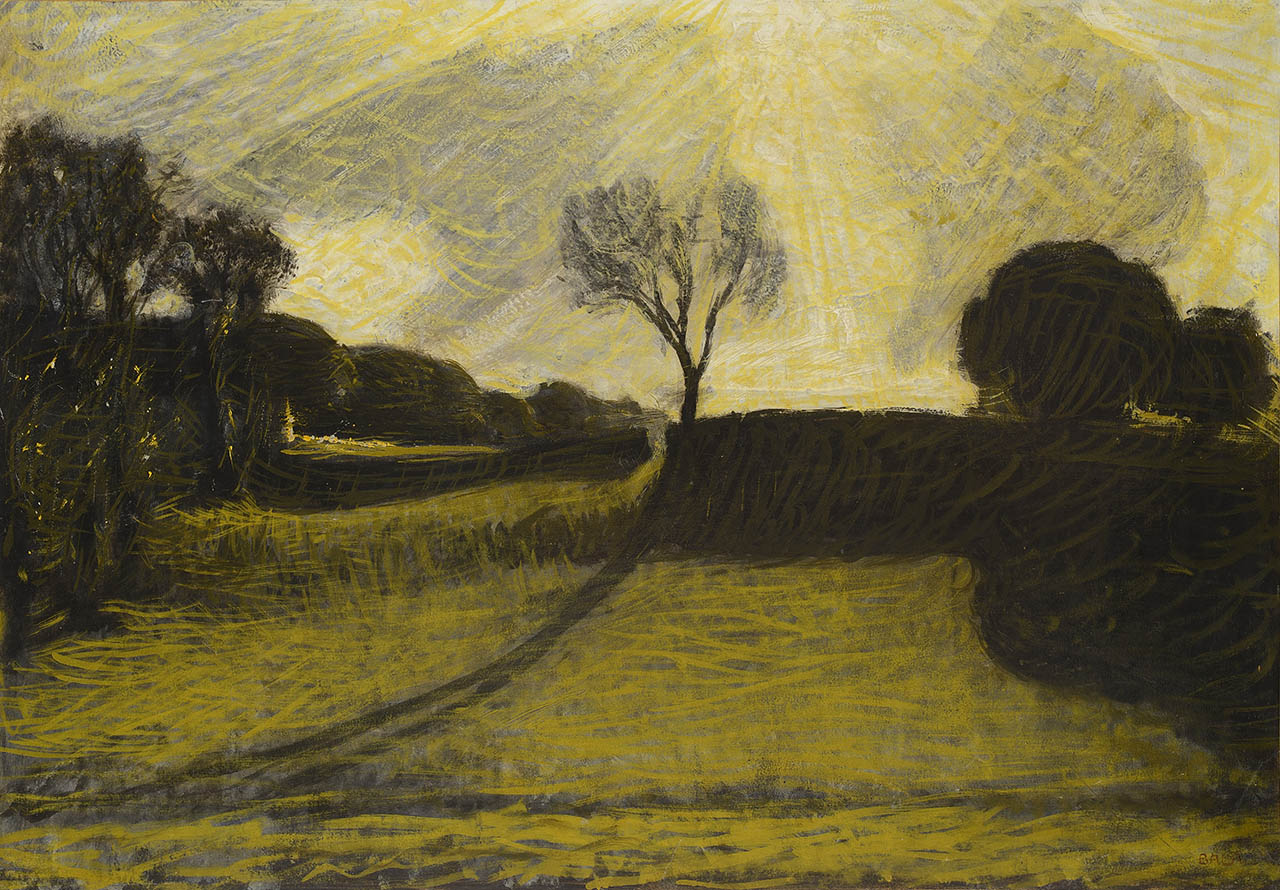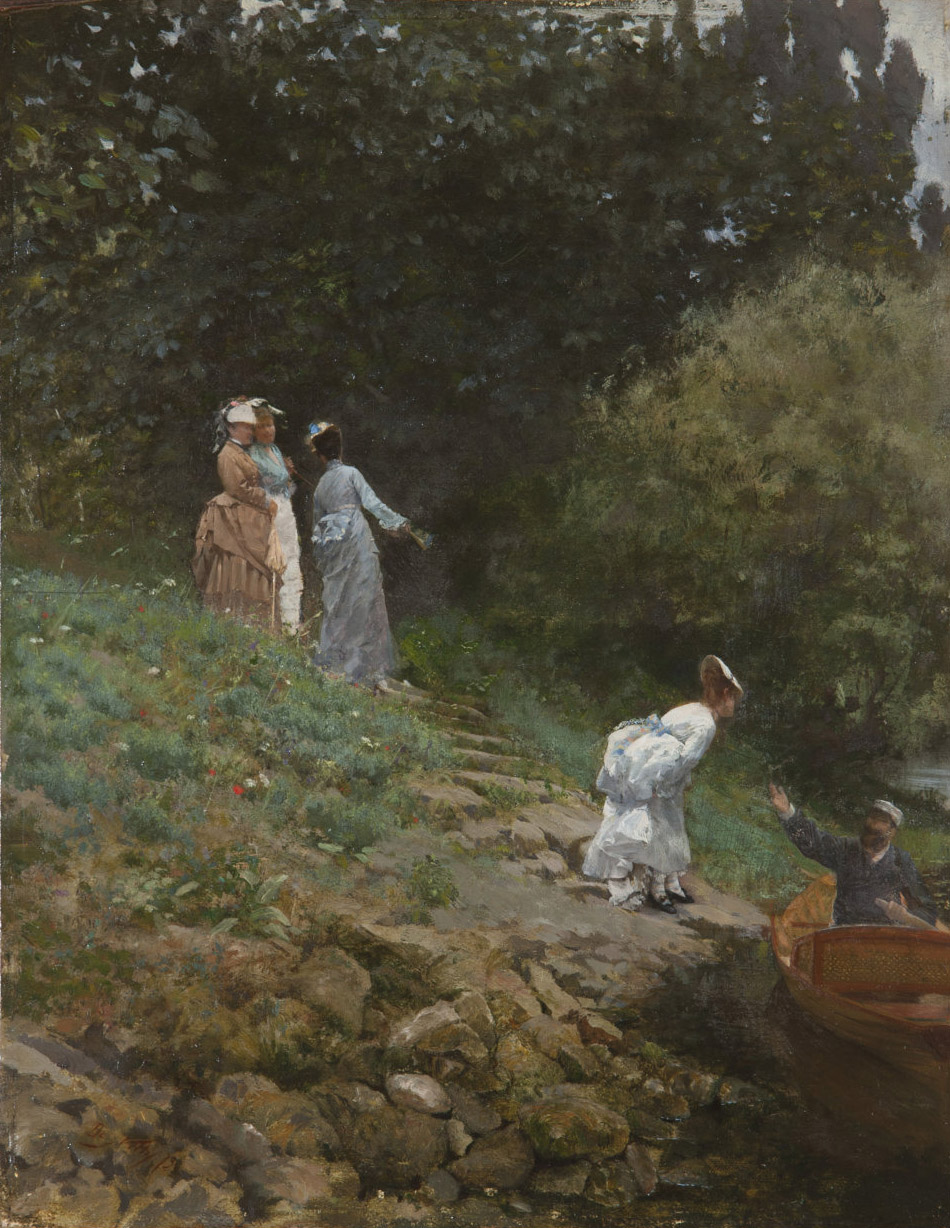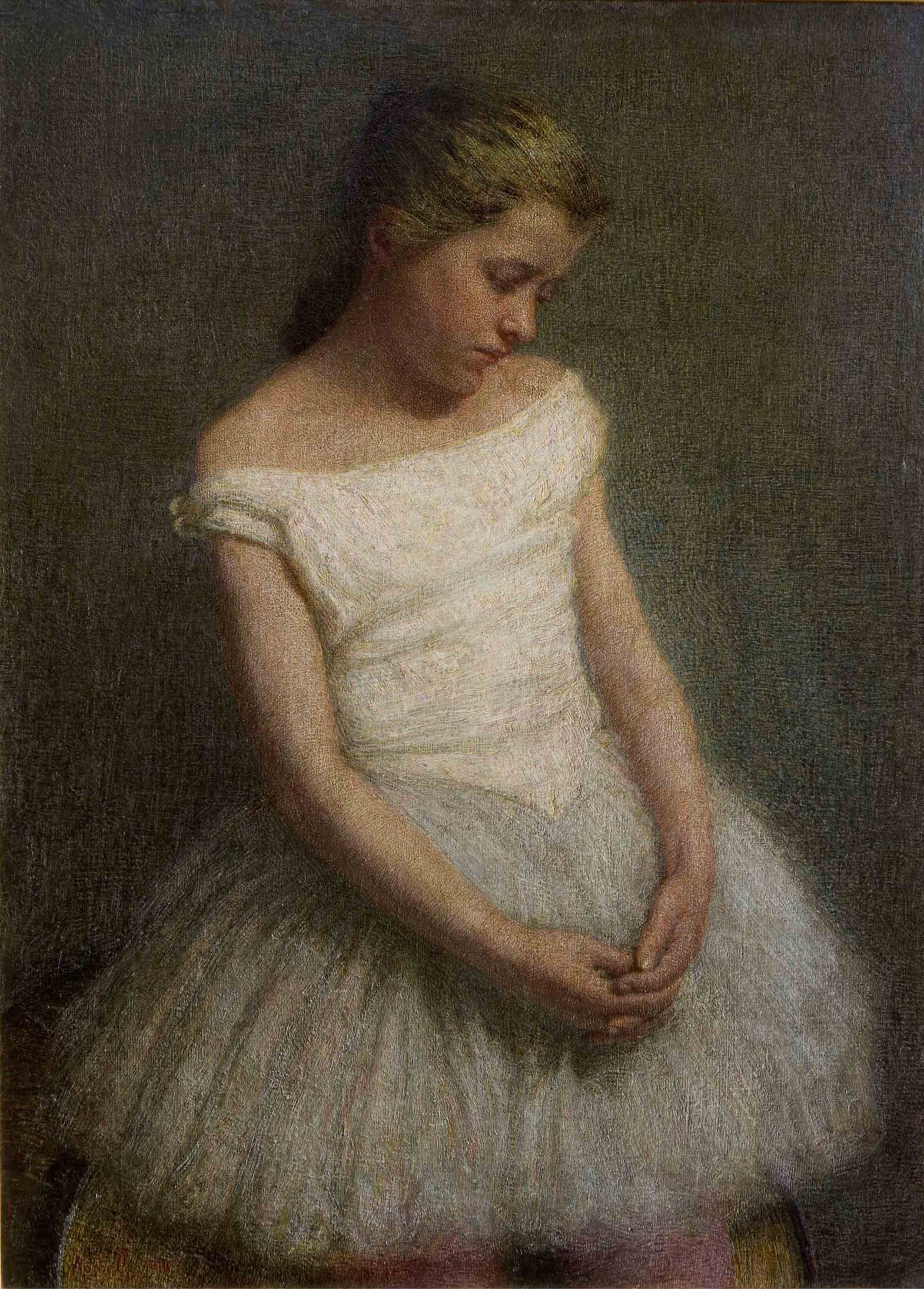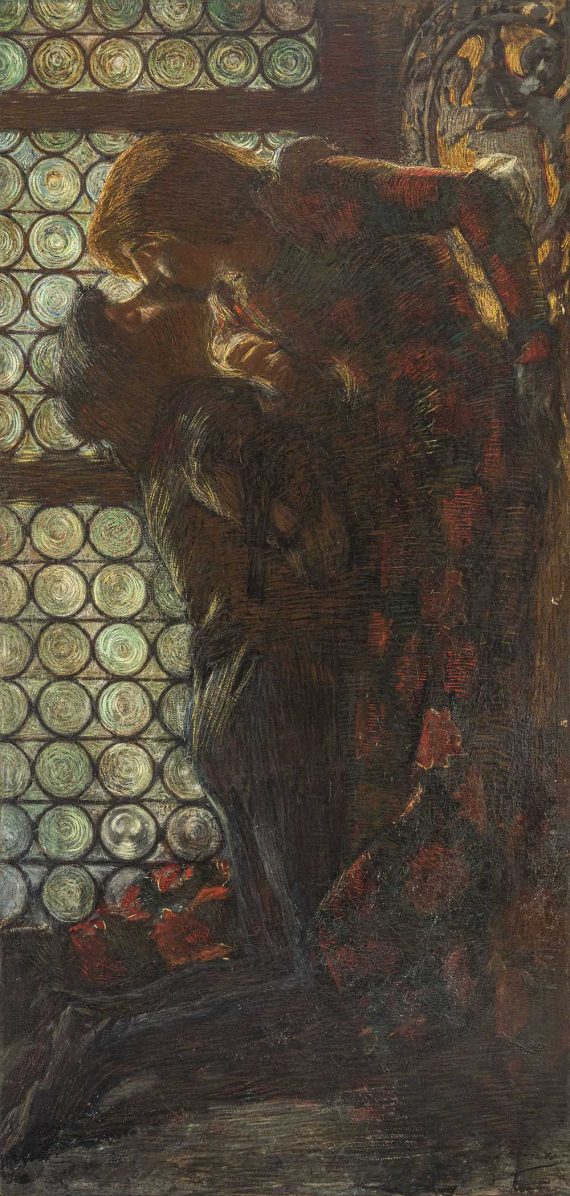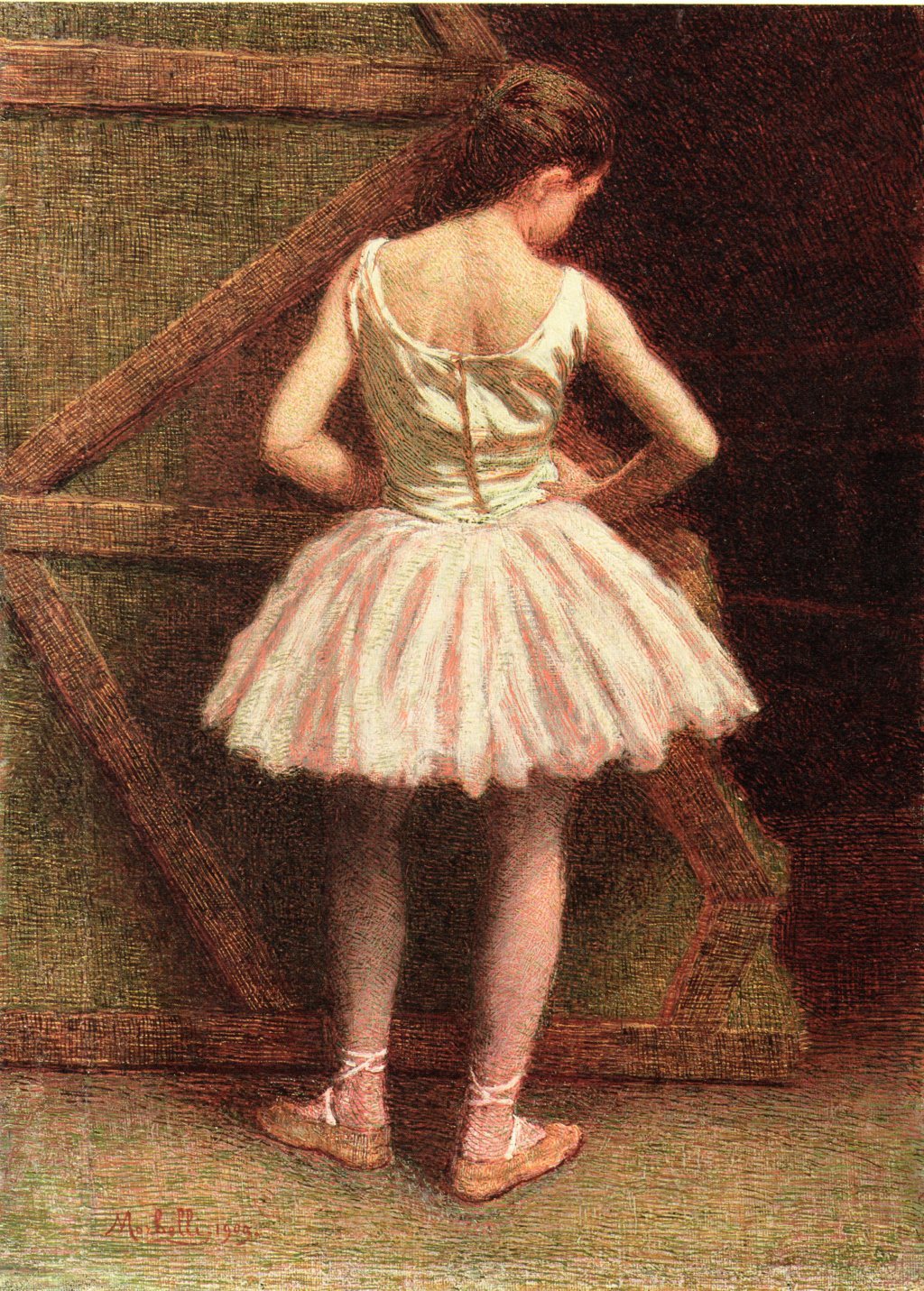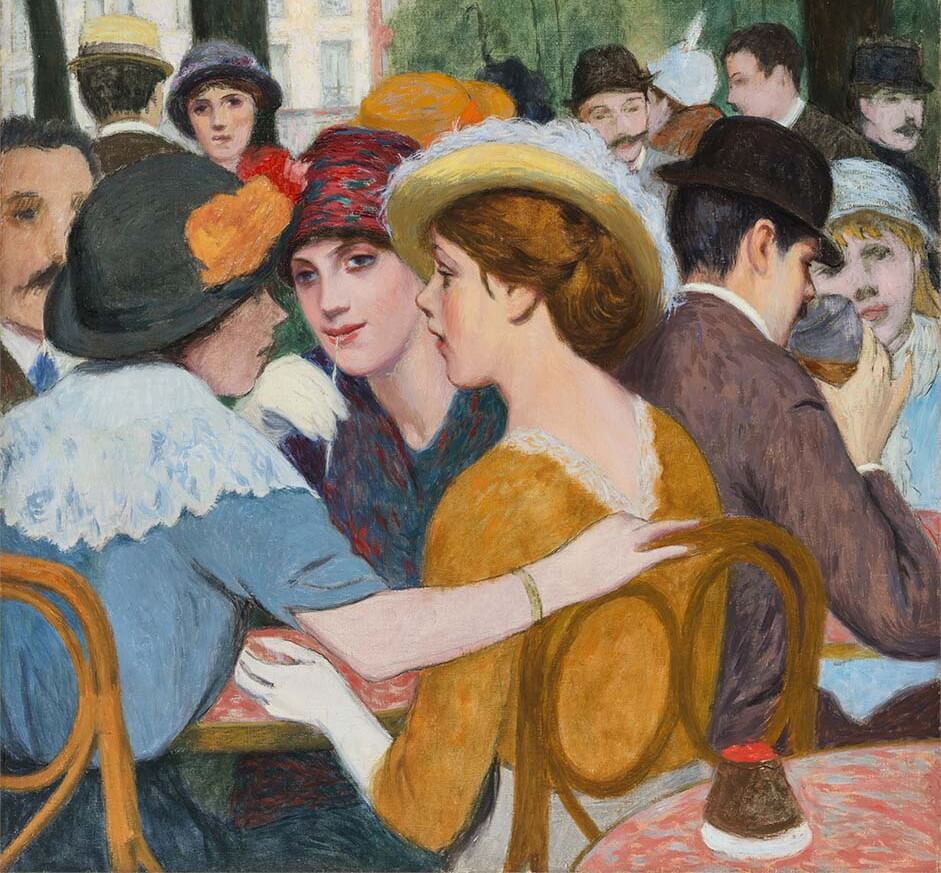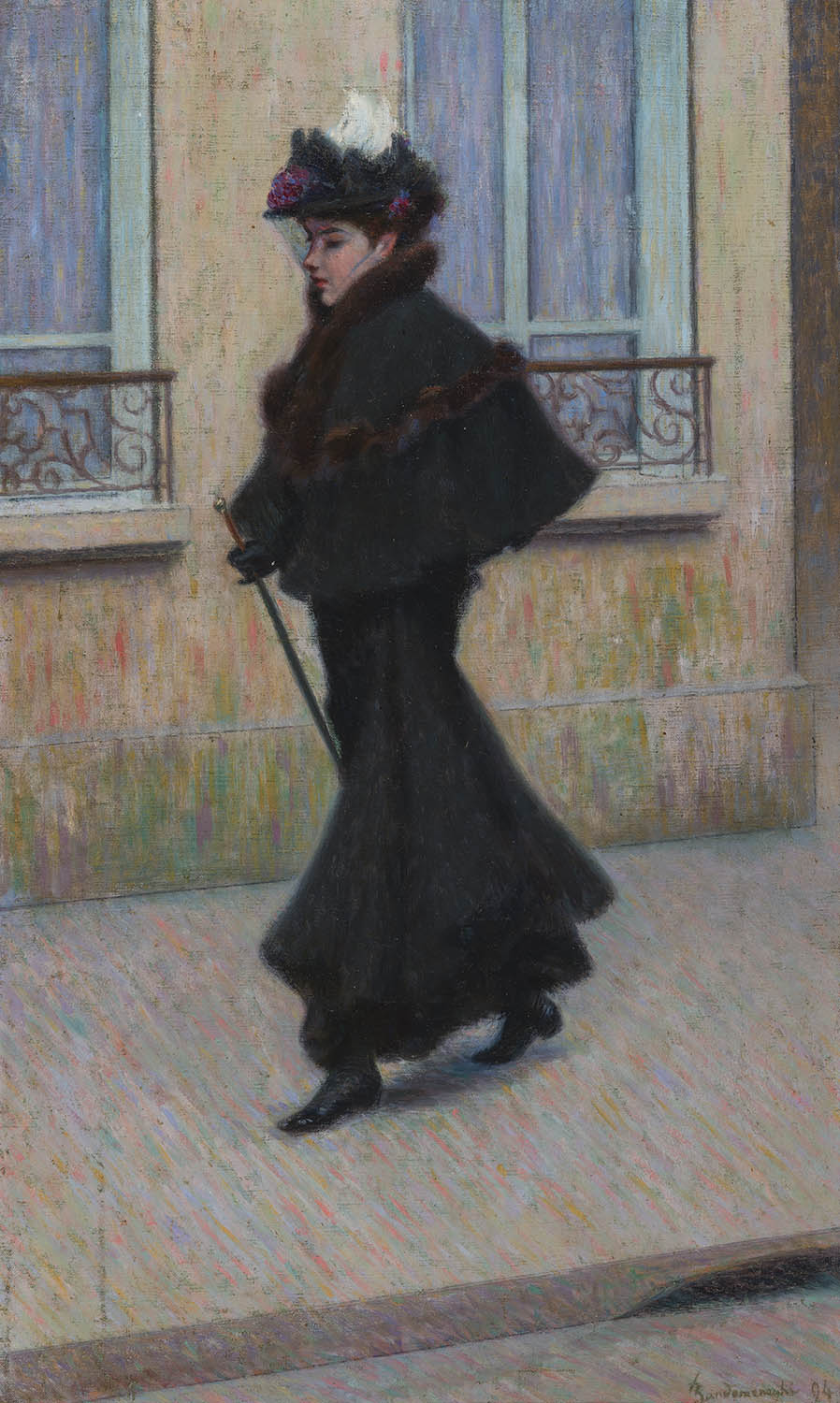Notable sales

Self-portrait, 1929-1930
One way to enter de Chirico's mind can be observing the chronological series of self-portraits, in which the artist has captured himself in various clothes and in different years of life. Probably, de Chirico tried to follow the example of Rembrandt, who created his "chronicle in self-portraits". His experiments in trying various masks on himself - the gypsy thief, the artist on the easel or, finally, the nobleman in 17th century costume) also speak in favor of this hypothesis: the mirror becomes the only way, ironic and terribly finished, to observe one's disguise. In his hundred self-portraits, there is never a generic pose but he is always posed as someone (as "born under Saturn", like Raphael, as a Renaissance gentleman). It is precisely in the self-portrait that the value of Metaphysics is enhanced.

Il Paravento (the screen), 1916-1917
Balla is an inventor, a magician and a prophet: one of the protagonists of the Italian and international culture of the 20th century. He compares himself to Leonardo and Titian. He insults the passatists in the limelight of his time. Balla is unable to give up research, even if it is polite: "After having worked, the artist must feel tired, excited, sometimes happy and almost always dissatisfied".

Portrait Emiliana Concha de Ossa (The White Pastel), 1888
Among six "huge pastel portraits, all of American ladies" painted in the early months of 1888, Boldini included that of Miss Emiliana Concha de Ossa, "a young girl of 18 as beautiful as a love", the youngest of the diplomat's three nieces and nephews and Chilean fine art lover Ramón Subercaseaux.

A corner of the Place de la Concorde in Paris, 1880
After his return to Paris in 1873, Giuseppe De Nittis felt reborn. He and other avant-garde artists began to experiment with new forms of expression, inspired by the boulevards designed by Baron George Haussmann, the crowded squares crossed by carriages and horses.
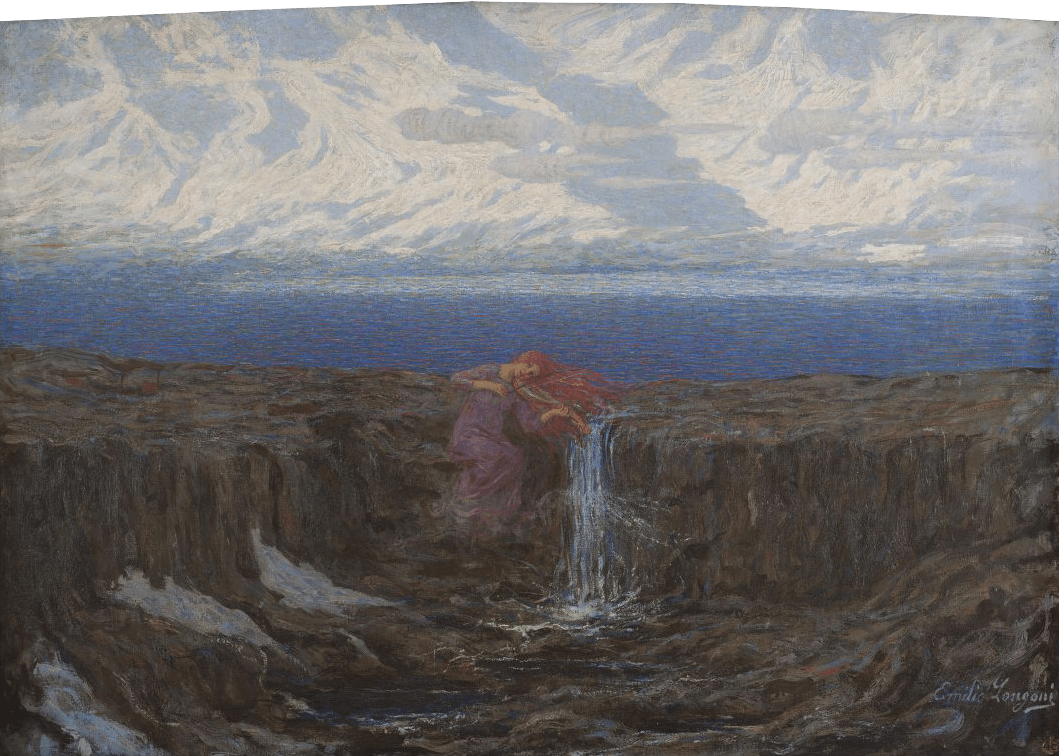
The voice of the stream, 1904
Longoni's paintings in the series of works collected under the title of La voce del ruscello (The Voice of the Stream), are absolute masterpieces of his symbolist period. Executed between 1901 and 1904 at high altitude, precisely on the Bernina massif, they stand independent of each other in their exhibition history, market and critical fortune.
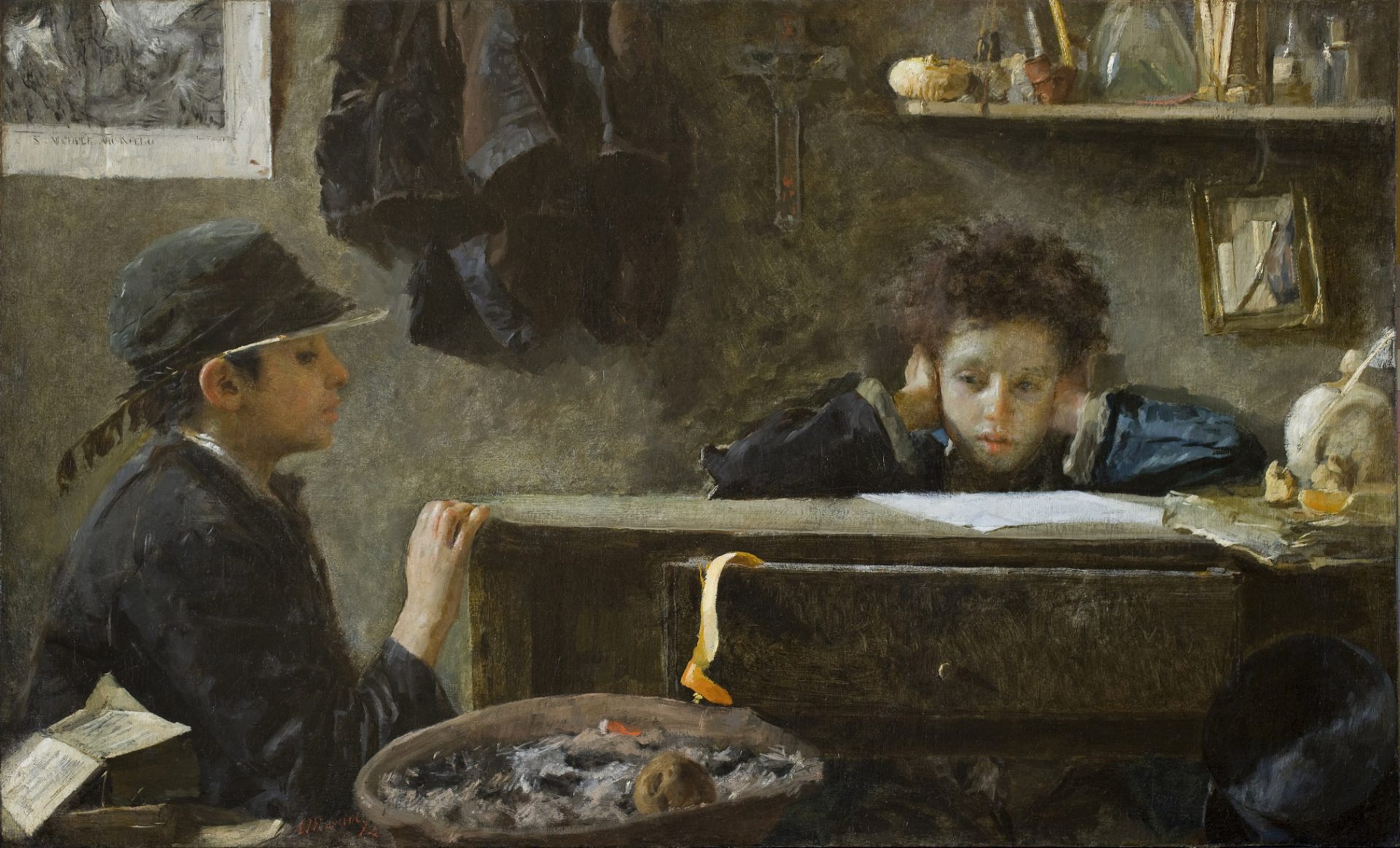
Low tide, 1874
The nature of the pictorial 'Stil Novo' that Antonio Mancini invented is complex. Part of this complexity is due to the harmonic juxtaposition of Mancini’s colours and to his particular way of painting: a rare and subtle amalgam composed of a careful choice of tones and a personal method of employing them.



